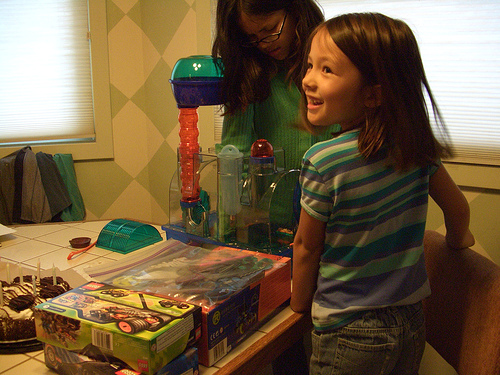Before you buy your hamster and take it home you will need to buy the necessary supplies and prepare the hamster cage ready for its arrival. Your hamster will need time to adapt to its new home, and inadequate housing can lead to stress, and potentially health and behavioral problems.
The cage should then be placed in a suitable room of constant temperature, and away from any heaters, direct sunlight, and other pets that may harm your hamster. If you have a wire cage, it will also need to be kept clear of drafts. The cage should be position
How to Prepare the Cage
Bedding
Firstly, line the bottom of the cage with at least two inches of bedding. If you wish, you can save the cost of commercial bedding by tearing up strips of toilet paper or paper towels. This is soft enough to prevent your hamster getting trapped and it will dissolve in your hamster’s stomach if eaten. Paper use should be unscented and should not be dyed. Alternatively, you could use hay, as long as it is clean and free from mould and dust, but straw is unsafe due to its sharp edges.
Food & Water
You should then fill the water bottle and attach it at a suitable height where the hamster can comfortably reach the nozzle, but not be able to climb on top of the bottle. It is important that you test whether water flows out of the bottle freely by running your finger over the end of its spout. If no water is delivered then squeeze the bottle, dry the spout, and try again. Your hamster will also need a food bowl filled ready for its arrival, but you can temporarily sprinkle food on the cage floor if you do not have a bowl initially.
Toys
Place some hamster toys around the cage to keep your pet occupied and active. Include some chew toys to keep your hamster’s teeth short and healthy, and a sand dish for your hamster to roll in to remove grease from its coat. If your cage came with a hamster wheel then it will need to be fixed to the side of the cage. You can use cardboard tubes such as old toilet rolls for your hamster to crawl through if you do not yet have any toys. You should also provide places for your hamsters to hide, such as a hamster house or pieces of cardboard.
Nest
Finally, you should ensure your hamster has somewhere in the cage to nest. A handful of bedding can be placed in a suitable area, such as a separate compartment, or in a hamster house if you have one. Arranging thick piles of bedding elsewhere in the cage can also encourage your hamster to burrow and play.
